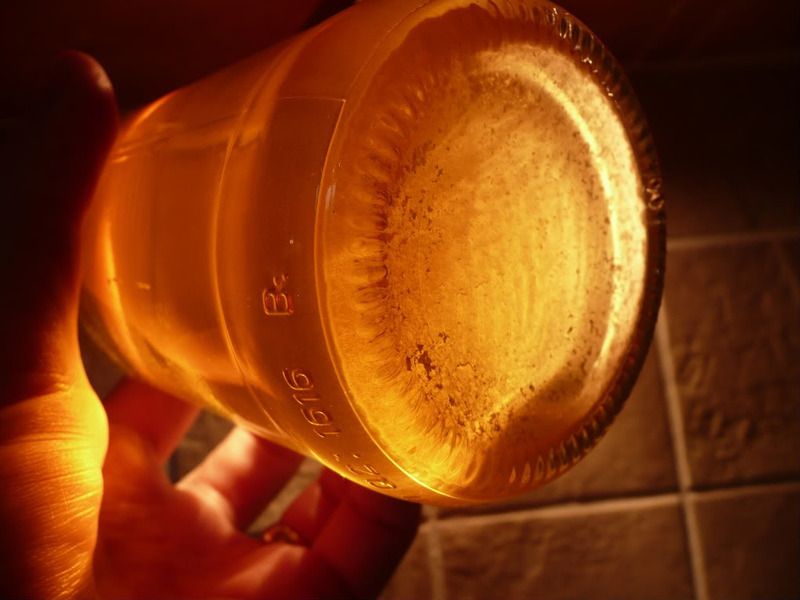smdjoachim wrote:quote from wiki "Hefeweissbier or hefeweizen: "hefe" is the German word for yeast. The prefix is added to indicate that the beer is bottle-conditioned (unfiltered) and thus might have sediment."smdjoachim wrote:Wheat beers can be cloudy or clear.Germany calls clear wheat beer cystal .You buy the beer in a bottle ,then pour it without disturbing the yeast.If you want the yeast in the beer you roll the near empty beer bottle to disturb the yeast ,then pour it into your glass.Beer drinking has lots of little nuances that make drinking such a pleasure.
Krystal weizen does not have sediment in the bottle. You would never not pour out the yeast in a bottle of weizen in Germany.
I agree that crystal weizen doesn't have yeast in the bottle ,but hefe wheatbeer does have yeast and that normally settles to the bottom of the bottle.
If you pour that beer carefully you have a crystal wheatbeer.
I disagree with you about never pouring the yeast from a bottle of weizen
I have ,others do ,many don't.I find the yeast a little intense.I much happier with the subtle flavors of bubblegum and clovesI
I was a barman, waiter and chef in Germany for the best part of ten years.
http://www.germanbeerinstitute.com/Kristallweizen.html
From that link, Kristallweizen is a filtered hefeweizen.
So while if you poured a weizen without the yeast you would have a pseudo Kristall, a real Kristall is filtered. For homebrew purposes you could simulate a Kristall by leaving the yeast in the bottle, but it's still not a Kristall.
I never saw anyone in my time asking for a weizen with no yeast, they'd order a kristall. If you didn't pour them out their yeast they would in fact accuse you of attempting to short them on their order, as you kept all the "good stuff".



